Hello!
 And no, we’re not talking about cult symbols and such, but leadership qualities or symbols of leadership that give credibility to what a leader represents. Something that is understood beyond language, race, and culture.
And no, we’re not talking about cult symbols and such, but leadership qualities or symbols of leadership that give credibility to what a leader represents. Something that is understood beyond language, race, and culture.
Leadership is more than just a title or a position. It’s a mindset, a way of thinking and acting that sets you apart from the rest. And, as with anything worth having, it comes with its own unique symbolic representation.
These leadership symbols can take many different forms. Some are physical objects like an amulet, flags, or sashes. Others are more abstract, like a color or a pattern. But each one serves a specific purpose and has a unique meaning.
In this blog post, we’ll explore 9 of the most common leadership symbols and what they represent.
What Are Leadership Symbols and Why Are They Given Such Importance?
Leadership symbols are the physical representations of the intangible qualities that make a good leader. Such symbols can be things like a well-designed office, a nice car, or a Rolex watch or they can simply be symbolic images that represent some quality of a leader.
But while these things may seem superficial, the truth is that they can actually have a big impact on how people perceive you.
 Think about it this way: would you rather work for someone who drives a beat-up old car or someone who drives a brand-new Mercedes? Would you rather work for someone who wears cheap suits or someone who wears designer clothes?
Think about it this way: would you rather work for someone who drives a beat-up old car or someone who drives a brand-new Mercedes? Would you rather work for someone who wears cheap suits or someone who wears designer clothes?
The answer is probably pretty obvious. We tend to equate expensive things with success, which is why symbols that represent leadership can be so important.
Of course, there’s more to being a successful leader than just looking at the part. But the truth is that perception matters. If people perceive you as being successful, they’re more likely to respect you and follow your lead. The right symbols act as powerful attractors to yourself.
On the other hand, if people perceive you as being unsuccessful, they’re less likely to take you seriously as a leader. That’s why it’s so important to make sure that what your symbols represent is clearly communicated and sends the right message.
The 9 Most Common Leadership Symbols You Should Know
1. The Thunderbolt
 The thunderbolt has long been a symbol of unparalleled strength and power, making it an ideal symbol for military leadership. Its origins can be traced back to ancient Norse mythology, to the Norse God Thor and the Greek god Zeus, known for their great strength and power.
The thunderbolt has long been a symbol of unparalleled strength and power, making it an ideal symbol for military leadership. Its origins can be traced back to ancient Norse mythology, to the Norse God Thor and the Greek god Zeus, known for their great strength and power.
In Celtic mythology, the thunderbolt was also seen as a powerful symbol, representing the ability to control the weather. Today, the thunderbolt is still used as a symbol of military power, often being displayed on flags or insignia.
It is also a popular tattoo design, representing strength, courage, and determination. Whether it is represented through military symbols or used as a symbol of power, the thunderbolt remains a potent image that is sure to strike fear into the hearts of enemies.
2. A Dragon
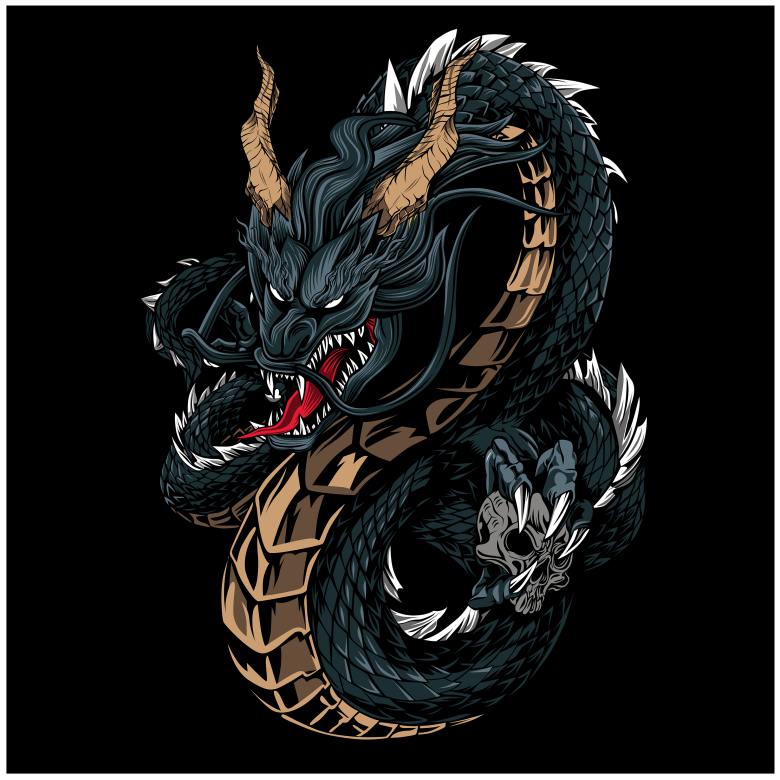 Throughout history, dragons have been revered as powerful and regal creatures. In many cultures including Western and Eastern cultures, they are seen as symbols of strength, wisdom, and goodness.
Throughout history, dragons have been revered as powerful and regal creatures. In many cultures including Western and Eastern cultures, they are seen as symbols of strength, wisdom, and goodness.
Chinese traditions often incorporate dragons in their rituals and the Chinese Emperors have always used Dragons as a royal emblem, signifying power and authority over the years. For these reasons, it’s no surprise that dragons have often been used as symbols of leadership.
After all, what could be more inspiring than a mighty creature with the ability to soar through the skies and breathe fire? In recent years, we’ve seen an increase in the use of dragons as mascots for businesses and sports teams.
And it’s not hard to see why. One of the most powerful symbols, a dragon conveys a sense of power and determination that is sure to rally people behind a cause.
3. An Oak Tree
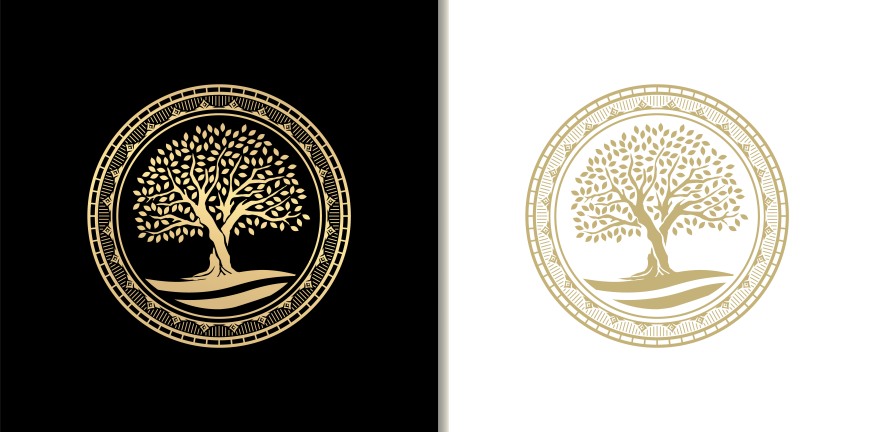 The Oak Tree is a symbol of strength and endurance. The massive trunk and thick branches provide support and stability, while the deep roots anchor the tree in place. This symbolism is often extended to leadership, as a strong leader is someone who can provide support and stability in times of crisis.
The Oak Tree is a symbol of strength and endurance. The massive trunk and thick branches provide support and stability, while the deep roots anchor the tree in place. This symbolism is often extended to leadership, as a strong leader is someone who can provide support and stability in times of crisis.
The Oak Tree is also a symbol of growth and new beginnings. The acorns that fall from the branches provide the seed for new trees, representing the potential for growth and change. In this way, the Oak Tree symbolizes the ability of leaders to bring about positive change.
In addition, oaks are known for their regal stature and stately appearance. With their strong branches and impressive height, oaks often dominate the landscape. This commanding presence is likely why the oak has come to represent leadership in the royal symbols niche.
4. The Tabono
Having originated from West Africa, the Tabono symbol represents leadership, with four connected oars that symbolize leadership skills like resilience, hard work, and perseverance. The connection implies that sometimes to achieve our goals, we must be prepared to work together.
Moreover, leaders who embody the symbol are often praised and renowned for their dedication to their people, strength in hard times (willpower and not physical strength), and determination to succeed despite all odds, leaving none behind.
5. A Crown
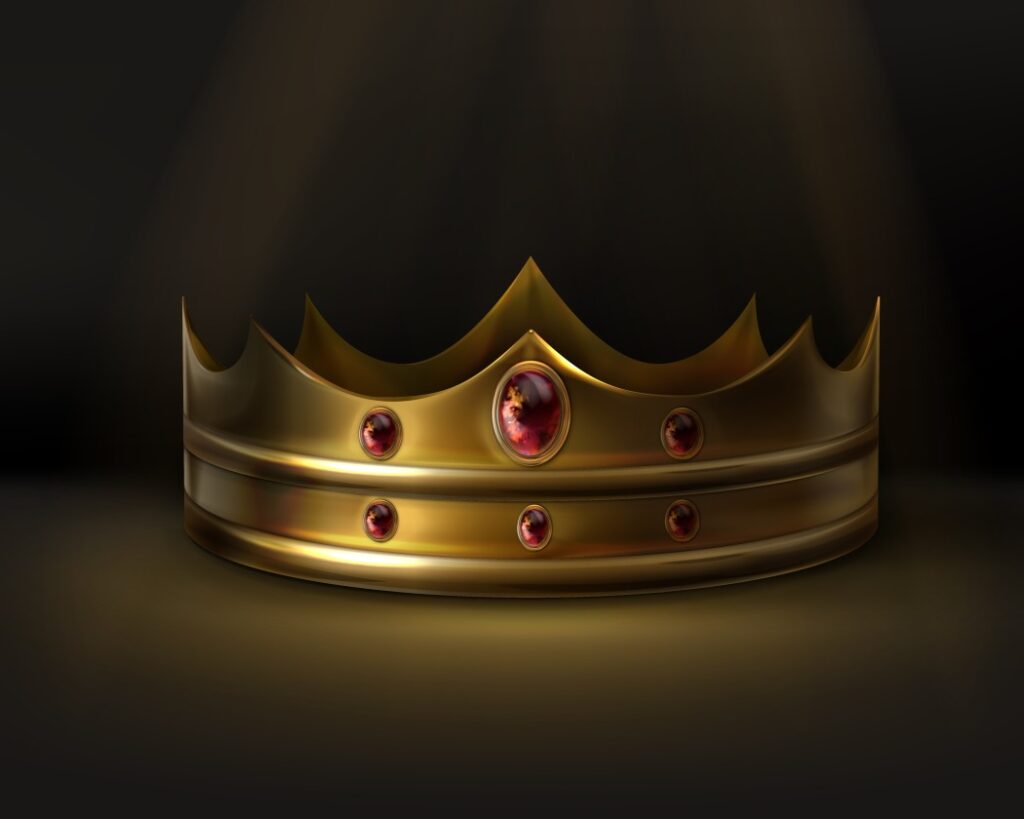 For centuries, the crown has been a potent symbol of leadership and authority. Whether it takes the form of a simple circlet of gold or an elaborate jewel-encrusted headdress, the crown is often seen as a visible sign of power.
For centuries, the crown has been a potent symbol of leadership and authority. Whether it takes the form of a simple circlet of gold or an elaborate jewel-encrusted headdress, the crown is often seen as a visible sign of power.
In many cultures, the crown is also seen as a sacred object, imbued with special significance and often kept in a place of honor. For example, in medieval Europe, the crown was often kept in a reliquary or shrine, and even today, some monarchs and senior leaders keep their crowns locked away except for special occasions.
The coronation ceremony itself is often highly symbolic, with the new ruler being anointed with holy oil and given the Sword of State as well as the Scepter and Orb, which are also powerful symbols of royalty.
In short, the crown is more than just a piece of jewelry – it is a visible manifestation of sovereignty and authority.
6. A Phoenix
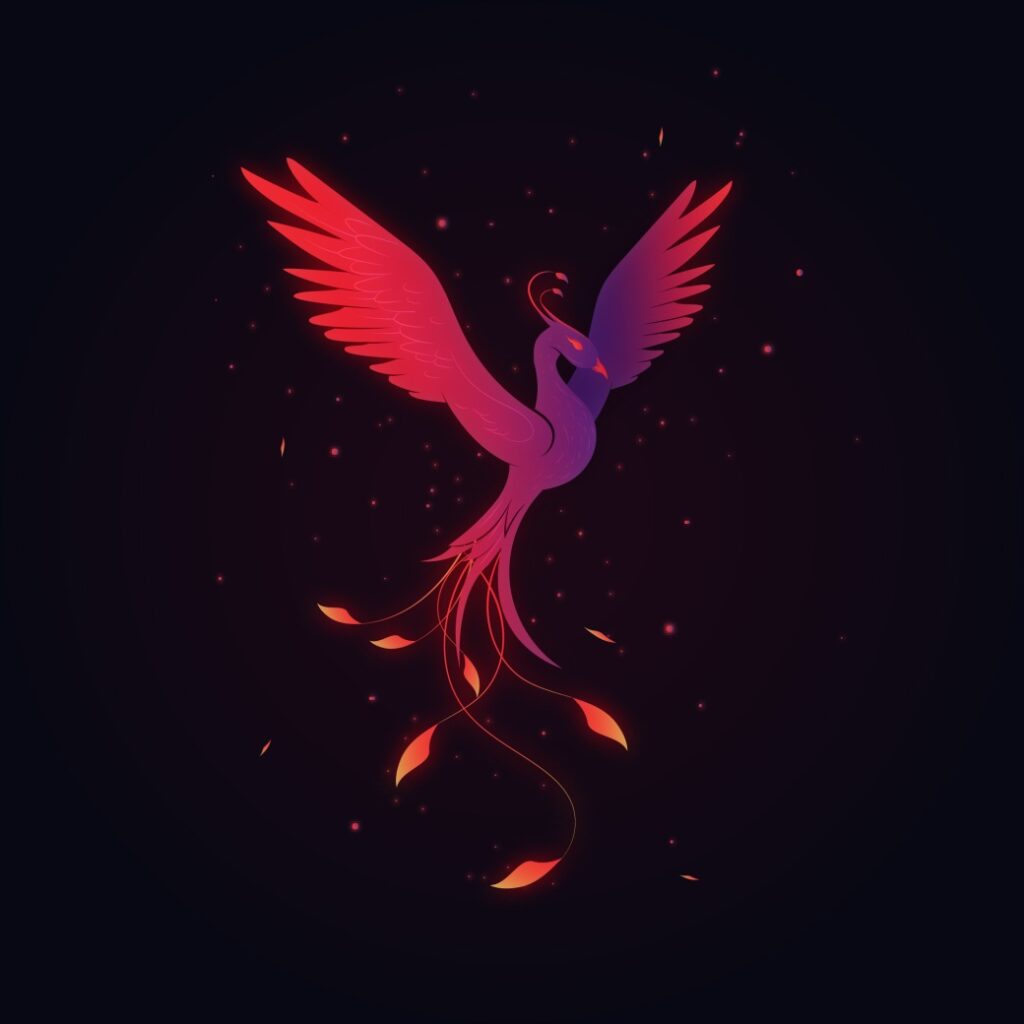 The phoenix has long been a symbol of leadership, rebirth, and strength. The mythological creature is said to rise from the ashes of its predecessors, emerging as a new and powerful being.
The phoenix has long been a symbol of leadership, rebirth, and strength. The mythological creature is said to rise from the ashes of its predecessors, emerging as a new and powerful being.
This image has resonated with people throughout history, serving as an inspiration for many leaders. In ancient Greece, the phoenix was associated with the sun god Apollo, who was said to bring light and life to the world.
The phoenix was also revered by the ancient Egyptians, who saw it as a symbol of immortality. Today, the phoenix is still seen as a powerful symbol of leadership. When faced with adversity, leaders often look to the phoenix for strength and resilience.
The mythological creature serves as a reminder that even in the darkest of times, there is always hope for a new beginning.
7. A Lion Tooth
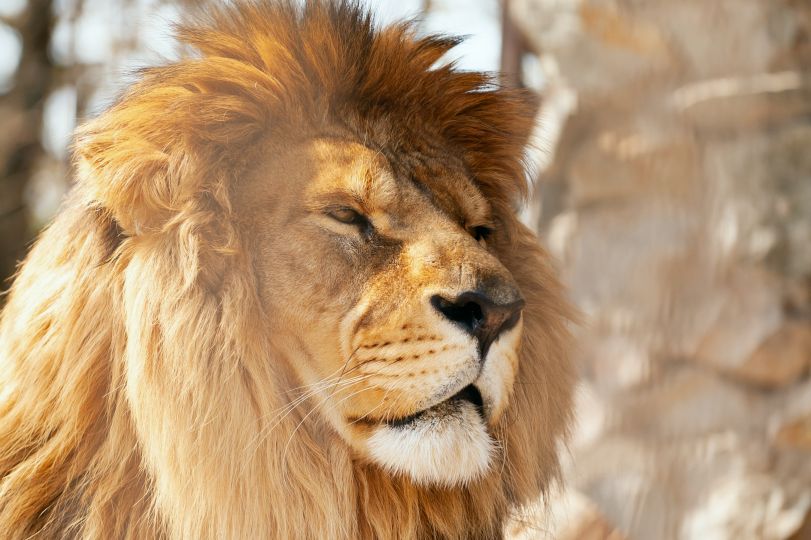 A lion’s tooth has long been a symbol of leadership since ancient times. In many cultures, a lion’s tooth is considered a powerful talisman, and it is often given to those who are considered to be natural leaders. A lion’s tooth is also a popular symbol of strength and courage.
A lion’s tooth has long been a symbol of leadership since ancient times. In many cultures, a lion’s tooth is considered a powerful talisman, and it is often given to those who are considered to be natural leaders. A lion’s tooth is also a popular symbol of strength and courage.
In some cultures, it is believed that wearing a lion’s tooth can protect one from harm. Lion’s teeth are also frequently used as currency. In many African cultures, a lion’s tooth is worth more than gold. Lion’s teeth have also been used as gifts, and they are often exchanged between leaders as a sign of respect.
8. Uniforms
A uniform is a type of clothing worn by members of an organization or business leaders while participating in that organization’s activity. The style and form of the clothing will usually vary depending on the type of organization, but the purpose of the uniform is always to identify and show unity among the members.
For many organizations, the uniform is also seen as a symbol of leadership. Those who wear the uniform are typically seen as being in a position of authority, and they are often respected for their dedication to the thriving culture of the organization.
In some cases, the uniform may also be seen as a sign of power or status. For example, military uniforms are often seen as a sign of strength and authority, while business suits are often seen as a sign of success and power.
9. Reach For The Stars
 One of the many common Chinese Symbols of leadership, the figure displays someone who is reaching for the stars while also remaining firmly grounded. When a leader incorporates a sense of reaching for the stars, it usually indicates his/her ambitions to make it big; do something that hasn’t been done before.
One of the many common Chinese Symbols of leadership, the figure displays someone who is reaching for the stars while also remaining firmly grounded. When a leader incorporates a sense of reaching for the stars, it usually indicates his/her ambitions to make it big; do something that hasn’t been done before.
However, the hidden part of reaching for your ambitions actually requires an honest assessment of personal abilities and capabilities. The strength to face reality and persevere despite the lack of resources or investment money is one such example of our modern times.
While it’s necessary to focus on the stars, it is equally necessary to root oneself and begin laying a firm foundation to reach stable heights. A leader who chooses to display this as his/her leadership symbol is often respected sincerely as a team leader armed with a definite vision and the means to reach there efficiently.
Final Thoughts on Top Most Common Leadership Symbols
 It’s important to remember that no single symbol is universally recognized or accepted. Different cultures and organizations have their own unique traditions and ways of showing respect, and it’s important to be aware of these differences.
It’s important to remember that no single symbol is universally recognized or accepted. Different cultures and organizations have their own unique traditions and ways of showing respect, and it’s important to be aware of these differences.
(The concept of Servant Leader also stands to gain a spot among this talk of Leadership Symbols but mostly as an aspirational concept and potential leadership skill).
Just as importantly, leaders should be mindful of the context in which they’re using any symbol. A simple gesture that might be seen as respectful in one culture could be perceived as insulting in another.
The bottom line is that there’s no substitute for understanding the people you’re trying to lead. By taking the time to learn about their culture and customs, you’ll be able to effectively communicate your leadership ideas and earn their respect.
Thank you!
Join us on social media!
See you!









